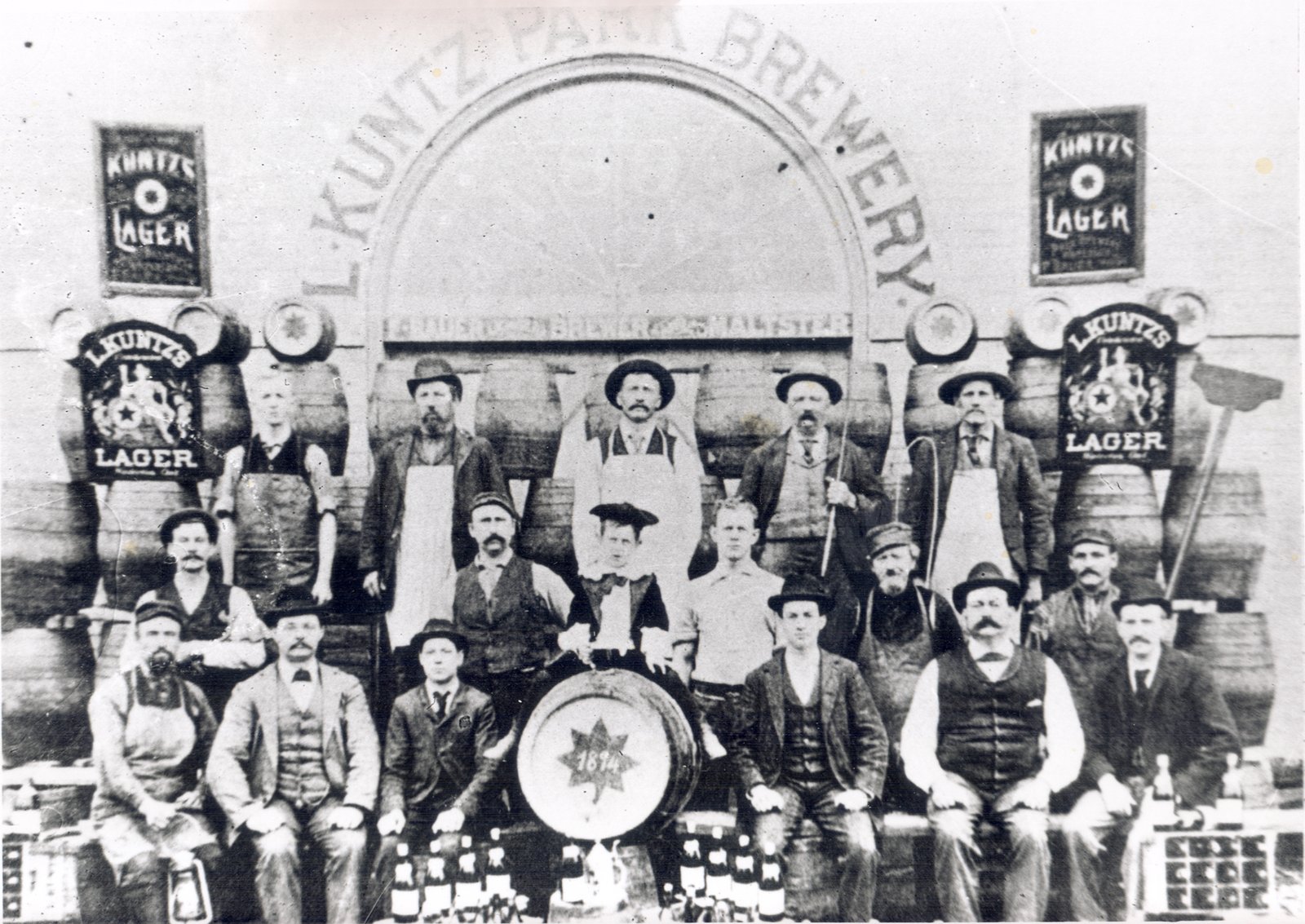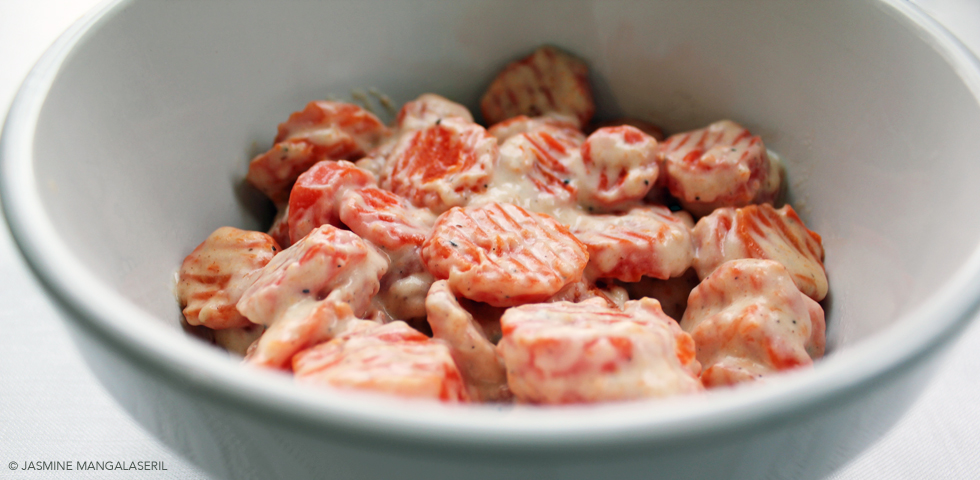
Temperance and Prohibition
The new federal temperance bill passed first reading without discussion. It didn’t go as far as Vancouver’s HH Stevens‘ and Bonaventure’s Charles Marcil‘s (Unionist and Liberal, respectively) proposed bill—they called for total prohibition of the import, manufacture and sales of intoxicating beverages, until the war’s end—this one prevented liquor imports into dry provinces, but any brewers and distillers in those provinces could continue operating. It was generally felt the newer one would go through without much of a problem.
The day after the federal bill was introduced, The Berlin Daily Telegraph’s editorial outlined prohibition’s potential impacts on Waterloo: “[it] would be more adversely affected than any other town in Canada.” $10,000 in tax revenues (almost $200,000—see note on conversion) could be lost: Joseph E. Seagram and Sons was one of the dominion’s largest distillers; the Waterloo Cooperage Company was one of Canada’s largest cask and barrel makers, and the Kuntz Brewery was a sizeable beer maker. The Water and Light Commission stood to lose a sizeable chunk of revenue—Kuntz alone paid $6,000 (more than $117,000) annually. Add lost government revenues of $200,000 (almost $4 million) and lost jobs, the opinion writer stated: “In these times of high taxes due to the war, it would be well to shelve the question until peace has been declared.”
Two days later, a rough draft of Ontario’s prohibition bill was unveiled. Premier Hearst’s Ontario would be dry by September.
And we’ll go and capture Canada, for we’ve nothing else to do.
The night before St. Patrick’s Day, a Canadian veteran of the Fenian Raids—AW Wright—delivered the Canadian Club’s keynote address. A half-century earlier, he was a 16-year-old and part of the area’s defence against Irish nationalist marauders. The Fenian Brotherhood had an eye to capture Canada and exchange it with Britain for a free Ireland.
Wright said the Fenian Raids were rooted in the Trent Affair and anti-Canadian bitterness was fuelled from certain American groups’ rhetoric. Many Irish had an intense hatred for anything English and by 1856, Fenian societies sprang up in New York, then later in the northern and southern states. They weren’t “composed of an ignorant rabble”—they trained as soldiers—and indeed, Civil War veterans joined them. According to Wright, the Fenians “were bad and were only in the movement for mercenary purposes.”
Meanwhile, in the 1860s, Canadian volunteer regiments were established with a primary duty to guard the frontier against Confederate soldiers. Locally, a company formed in New Hamburg. Ottawa took a year to recognise them and longer to supply them with equipment and red coats.
In 1866, Canada’s government sought 10,000 men to guard against Irish invaders; 15,000 volunteered (at Confederation, Canada’s population was approximately 3.5 million). Locally, companies were raised in New Hamburg, Conestogo, Ayr, Berlin, Crosshill and Galt. (Some of these men would later be drafted into the First Ontario Rifles. After the Battle of Ridgeway, ten locals went to St. Mary’s, where they did field drills night and day. These local men were also part of the group of soldiers sent to quell a rebellion at Red River.
Organizers probably hoped Wright’s talk would remind North Waterloo of its history fighting for King (well, Queen) and Country, but his references to the Irish—as well as news of Sinn Fein rioters at Tulligmore—may have had the opposite effect on some.
In Agnoleo Council Chambers
Berlin, Ontario’s renaming contest flooded City Hall with 5,000 suggestions. This prompted city council to discuss appointing a committee to whittle these to a manageable number, from which the main committee would select the city’s new name. Mayor Hett didn’t mind but, again, objected to the lack of a public vote. Unsurprisingly, the notion of allowing ratepayers a say in the matter spurred the council’s Board of Traders to bare their teeth. Alderman Rudell, said no one objected to the name change at the citizen’s meeting—apparently overlooking the two or three who stood up, and former mayor Louis J. Breithaupt’s concerns about the lack of democratic process. Alderman Hahn set his sights on Hett and demanded the mayor state his position on the name change. The mayor’s silence triggered Hahn’s “gust of verbosity.” Alderman Gross, (a Trades and Labour man), supported the mayor’s assertion, but from newspaper accounts, the meeting spiralled into a sandbox squabble before Hett regained control.
“…and God is on our side…”
The 118th Battalion’s Recruiting Committee’s whirlwind recruitment campaign went into full swing on 21 March, with the inspired slogan, “700 men in three weeks.” Banners were strung along King Street and draped on trolleys, and shop windows displayed placards.
Recruiters would bag their quarry in workplaces, on the streets, “and every other place where men congregate,” and the YWCA’s Women’s Recruiting League would help “with sympathy and co-operation.” Young men were forewarned: “We are going to be as persistent as an agent for a sewing machine, who calls again and again until you buy it to get rid of him. That is the system we are going to adopt to get men for the Battalion.”
On Day One, 100 soldiers, accompanied by the just-formed regimental band, marched to the Dominion Tire Company to sign on new soldiers. All they needed were nine Johnny Canucks from each of the more than 130 factories to fill the 118th and a start a second battalion.
Both the Berlin News-Record and Daily Telegraph fully supported the campaign and covered it with the sort of enthusiastic bluster Colonel Lochead and the parade of recruiting event speakers regularly laid out. In these early days, articles heartily talked about how the recruiters were “selected with care,” described the “the saddened countenances” of those unfit to serve, and how “soldiers and civilians [were] becoming friends.” Clearly, the recruitment goal would be doggedly pursued and achieved.
No amount of fluttering streamers, rumpapumpumming bands or multiple daily khaki-clad ambushes would convince some of Berlin’s boys to sign up. Some said they wouldn’t join even if they saw their mothers murdered in front of them (drawing allusions to the German atrocities in Belgium). Others would enlist if the Battalion really, really needed them. One man “would sooner have his wife killed than kill the enemy” (gosh, he must have been a prize). Young Turks at local banks were far too important to tramp about in the mud. Shockingly, one man was afraid of being killed. Lame excuses, all.
The campaign’s first two days saw 30 men sign up; 13 passed the physical.
Want a bit more information?
- About the Kitchener 1916 Project
- Bank of Canada’s Inflation Calculator was used to calculate modern price equivalents (2016)
The Recipe
I’ve noticed some very strong currents when I sift through recipes: braising liquids are usually plain water, flavouring is rather subdued (often simply salt and pepper) and—when it comes to foods from English/British sources—there’s often a joyous glug or two of cream (or milk).
Creamed vegetables normally don’t appear on my table, but from what I can see this method of cooking vegetables was popular (and still is, in many homes). The key, I think, is to not overcook your vegetables, so they become mushy or so waterlogged they’ve lost their flavour. They need to retain some firmness and flavour—tender-crisp as some call it.
Creamed Carrots, from the Berlin News-Record (17 January 1916):
Slice some carrots and boil until tender in salted water. Use as little water as possible so that the carrots may retain their flavour. Rub two tablespoonfuls of four into two tablespoonfuls of butter, then pour over them a pint of boiling milk. Add this to the carrots and let it all boil together once. Sprinkle with chopped parsley and serve very hot.
Creamed Carrots (Modern Equivalent)
Yield: 6-8 servings
| 1.5 kg | 1.5 kg | 3 lbs | Carrots, peeled and cut into 0.5cm (¼-inch) coins |
| 30g | 30 ml | 2 Tablespoons | Butter |
| 20g | 30 ml | 2 Tablespoons | All purpose flour |
| 560 ml | 560 ml | 2-¼ Cups | Milk |
| Salt (to taste) | |||
| Pepper (to taste) | |||
| Chopped parsley (optional) |
Cook the carrot coins in enough water to keep the vegetables from scorching.
In a separate pan, make a roux of the butter and flour and cook until golden. Stir in the milk and cook until the sauce coats the back of a spoon. Season to taste.
Drain the carrots and tumble into the sauce, coating well. Balance flavours to taste.
Notes
- Things to consider next time
- Instead of cooking the coins in water, use vegetable broth or chicken broth/stock.
- Steam the carrots instead of boiling them.
- If you don’t like the black specks in your veg, use white pepper.
- I think a pint of milk is a bit much (but that could be me)—I’d use 250-350mls of milk and adjust the roux accordingly


DawnM
30 March 2016 at 08:15 (9 years ago)Quite a contrast with today, when the government-run alcohol monopoly actively encourages me to drink more.